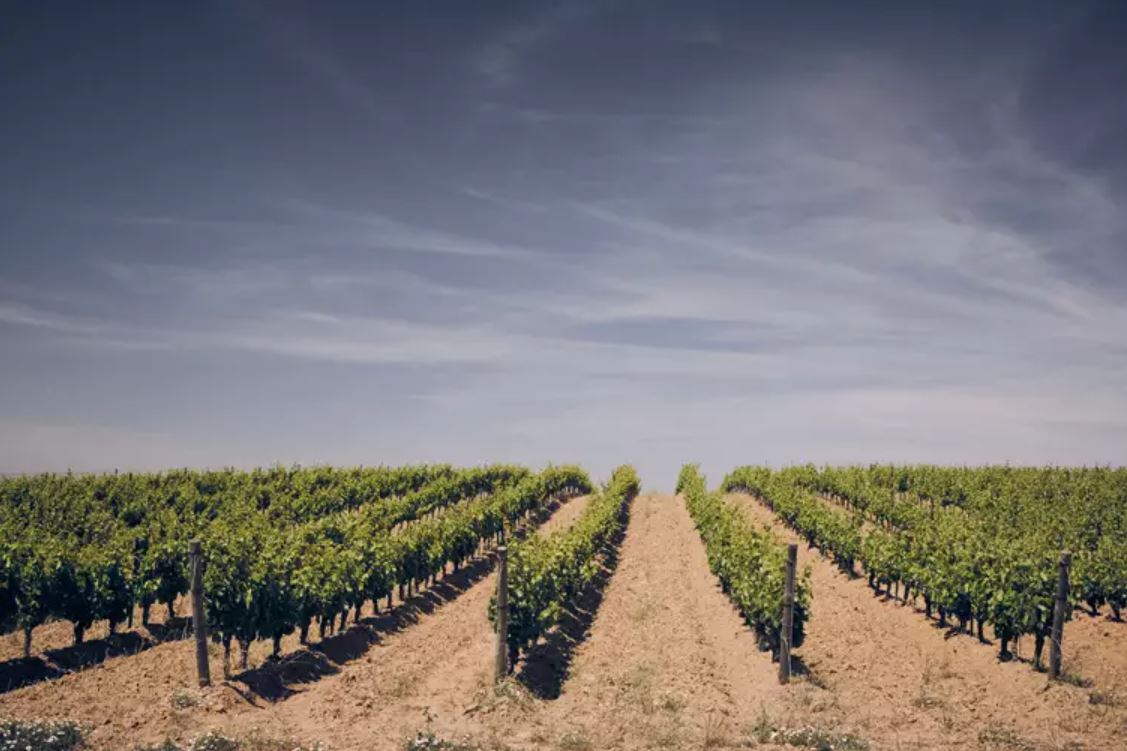Château Lafite Rothschild – Beyond Bordeaux
When Baron James de Rothschild acquired Lafite in 1868, the Château, its terroir, and its wines were already storied. First noted as a wine producer in the 13th century, the Château earned Premier Grand Cru Classé status in 1855.
Renowned for its meticulous vineyard management and dedication to terroir expression Domaines Barons de Rothchild Lafite remains one of the most revered names in the wine world.
Over the past sixty years, the Domaines Barons de Rothschild Lafite family has grown to include new Châteaux in other regions: a wine in the Corbières valley, a collection of Bordeaux wines, and has extended across the world to areas in Chile, Argentina and China.
JN Wine are pleased to have added two of these estates to our portfolio.
Bodegas Caro
Blending is not just about the wine. They are the perfect expression of the blending of two cultures, a fusion of characteristics giving birth to something greater. When the old world merges with the new. When youth matures with experience. When exuberance grows more delicate. When Bordeaux meets the Andes. Bodegas Caro is all that.
The Bodegas Caro from Mendoza, Argentina, a partnership started in 1999 between Lafite and the Catena family. The synergy that comes from these two Houses produces a spectacular wine. The Catena family, bring their knowledge of the region’s high-altitude terroirs and passion for Malbec while Domaines Barons de Rothschild Lafite brings its centuries old know how in Cabernet Sauvignon as well as its expertise in blending. Caro reflects its Argentinian terroir, vinified in the spirit of a Bordeaux Grand Cru.
Caro is a blend of Malbec and Cabernet Sauvignon, produced from a selection of their high-altitude vineyards planted at the foot of the Andes. It is aged for 18 months in French oak barrels from the Tonnellerie des Domaines cooperage in Pauillac.
The sunlight is a hugely important factor at Bodegas Caro. Olivier Trégoat, Technical Director at Domaines Barons de Rothschild Lafite, explains:
‘The light here brightens but never burns. At this altitude, it delays maturation and lends the wines an incredible freshness.’
The acquisition of the San Pablo vineyard in 2021 was a testament to the significance of this extraordinary luminosity. Sitting at 1350 metres above sea level, 500 metres above Bodegas Caro’s historic plots, this vineyard has been closely studied to understand how altitude shapes the wines produced there.
It’s this singular environment that gives the Malbec its prismatic qualities: at once bright and dense; deep and expressive. In a word, Argentine. Little wonder Mendoza is known as la tierra del sol y del buen vino - ‘the land of sun and good wine’.

Château d’Aussières
The first official records dates Aussières back to 97 AD. Domaine d’Aussières, was an important supplier of wine to Rome for many years. Its vines were uprooted by decree by the Roman Emperor Domitian in order to boost his own Italian wines.
In 1065, Aussières became the property of the Abbey of Fontfroide and once again became a functioning farm and vineyard. Aussières remained a wine producing village until the 1950s. In 1999, the abandoned estate was bought by Baron Eric de Rothschild with the aim of showcasing the AOC Corbieres’ history and the character of its wines.
Today, the village of Aussières is home to many employees and seasonal workers, as well as the winery, administration and machinery sheds.
Only one third of the 570 hectares of the estate is used for crops. The rest of the land is left covered by forest and scrubland in order to build up biodiversity for years to come.
Aussières was built on a fertile ecosystem where nature and people meet to learn from each other and create. There they say that it takes a village to make a wine.
The wines of Aussières reflect the contrasting terroir of Languedoc. Generous, elegant, pure and spontaneous, each wine expresses a unique facet of the exceptional terroir.
The grapes used for Château d’Aussières come from selected plots located on the upper part of the hillsides. In this part of the vineyard, the soils are very shallow, composed of sandy sandstone with low clay content and dry conditions. As a result, yields from these plots are very low.
This wine is a blend of Syrah and Mourvèdre. The Mourvèdre vines, which have now reached maturity, produce grapes of exceptional quality. Green harvesting combined with meticulous grape sorting aims to achieve a powerful wine with great precision.
Shop Bodegas Caro here.
Shop Château d’Aussières here.
Shop case offers here.
